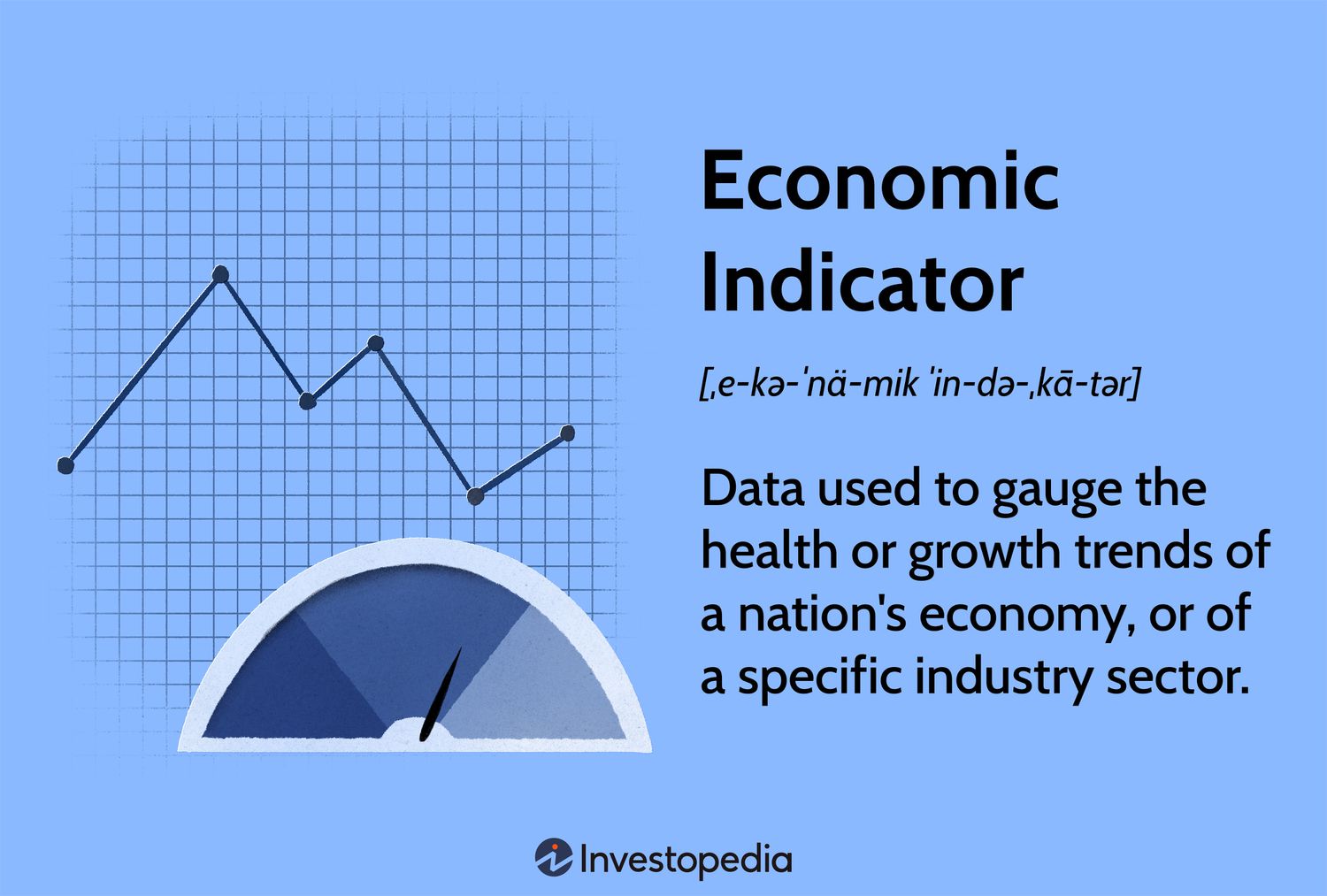Understanding Economic Indicators: Key Metrics for Assessing Market Health
Economic indicators are vital tools used by investors, policymakers, and analysts to gauge the health and direction of a country’s economy. These metrics provide valuable insights into various aspects of economic activity, including growth, employment, inflation, and consumer confidence. Understanding economic indicators is essential for making informed investment decisions, assessing market trends, and anticipating changes in the economic landscape. In this article, we will explore some of the key economic indicators and their significance in evaluating market health.
### Gross Domestic Product (GDP)
Gross Domestic Product (GDP) is perhaps the most widely recognized economic indicator and serves as a comprehensive measure of a country’s economic output. It represents the total value of all goods and services produced within a country’s borders over a specific period, typically quarterly or annually. GDP growth is a primary indicator of economic health, with higher growth rates signaling increased economic activity and expansion, while negative growth may indicate a recession or economic downturn.
### Unemployment Rate
The unemployment rate measures the percentage of the labor force that is unemployed and actively seeking employment. Low unemployment rates are generally indicative of a healthy labor market and robust economic growth, as they suggest ample job opportunities and consumer spending. Conversely, high unemployment rates may signal economic weakness, as they indicate a lack of job creation and potential challenges in consumer spending and economic activity.
### Consumer Price Index (CPI)
The Consumer Price Index (CPI) is a measure of the average change in prices of a basket of goods and services purchased by households over time. It serves as a key indicator of inflationary pressures within an economy, reflecting changes in the cost of living for consumers. Central banks and policymakers closely monitor CPI data to assess inflation trends and make monetary policy decisions aimed at maintaining price stability and controlling inflationary pressures.
### Retail Sales
Retail sales data provide insights into consumer spending patterns and overall consumer confidence. Rising retail sales typically indicate increased consumer demand and economic optimism, contributing to economic growth and expansion. Conversely, declining retail sales may signal weakening consumer sentiment and potential challenges in the broader economy. Retail sales figures are closely watched by investors and analysts as a barometer of consumer health and market trends.
### Housing Market Indicators
Housing market indicators, such as housing starts, home sales, and home prices, offer valuable insights into the health of the real estate sector and broader economy. Strong housing market activity is typically associated with economic growth and consumer confidence, as it reflects investment in real estate, construction activity, and household wealth. Declines in housing market indicators may signal economic downturns or challenges in the housing sector, impacting consumer sentiment and overall market health.
### Manufacturing and Industrial Production
Manufacturing and industrial production data provide insights into the health of the manufacturing sector, a critical component of many economies. Increases in manufacturing and industrial production are indicative of economic expansion and growing demand for goods, while declines may signal contraction and potential challenges in production and employment. Manufacturing and industrial production figures are closely monitored by investors, policymakers, and analysts as leading indicators of economic activity and market trends.
### Conclusion
Understanding economic indicators is essential for assessing market health, identifying trends, and making informed investment decisions. By closely monitoring key metrics such as GDP, unemployment rate, CPI, retail sales, housing market indicators, and manufacturing and industrial production, investors can gain valuable insights into the state of the economy and anticipate changes in market conditions. While economic indicators provide valuable information, it’s essential to consider multiple factors and trends when evaluating market health and making investment decisions. By staying informed and utilizing economic indicators as part of a comprehensive analysis, investors can navigate market fluctuations and position themselves for long-term success in an ever-changing economic landscape.










